Most players struggle with learning the names of the notes of the ukulele fingerboard. There doesn't seem to a pattern and notes repeat. There is an easy way and "it's easier that you think." Most players know the names of the open strings for their favorite tuning.
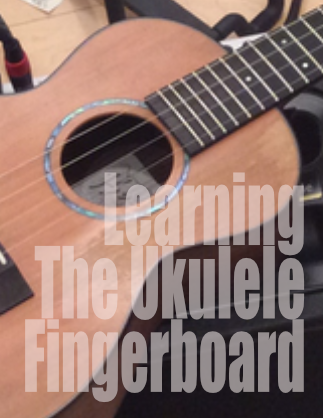
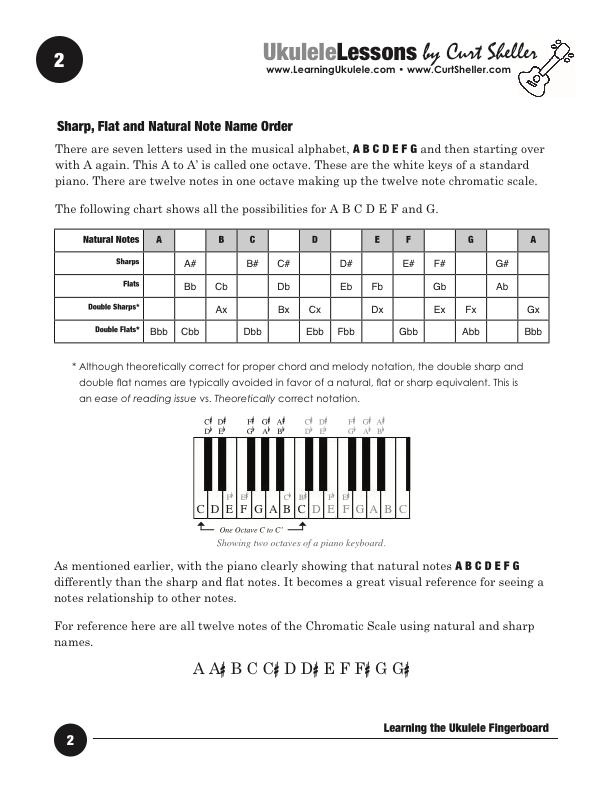
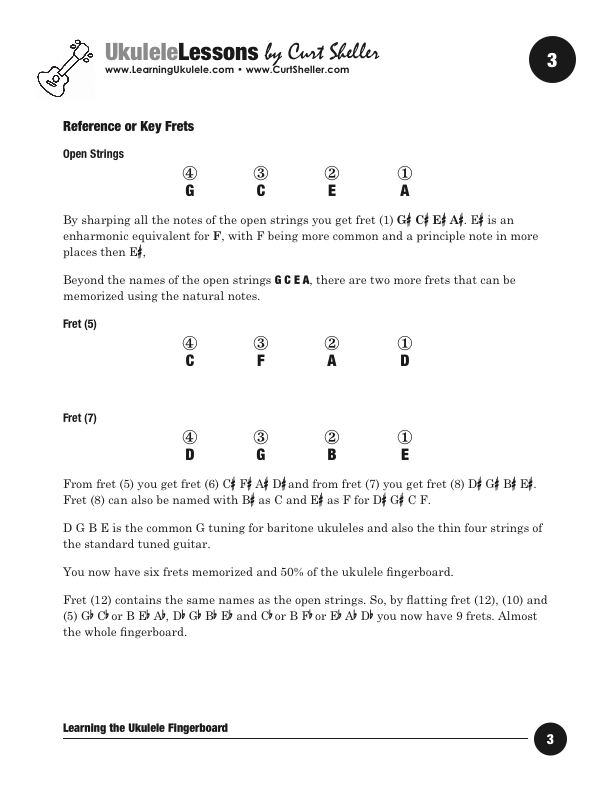
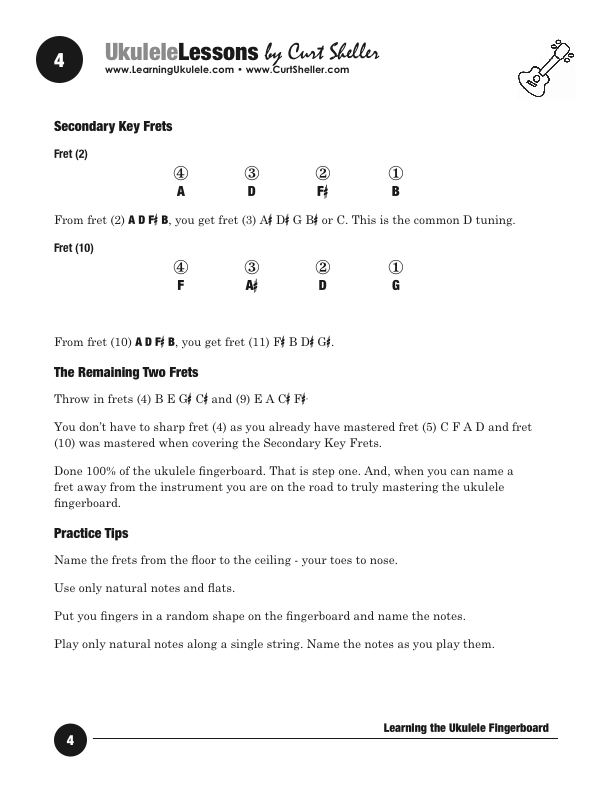
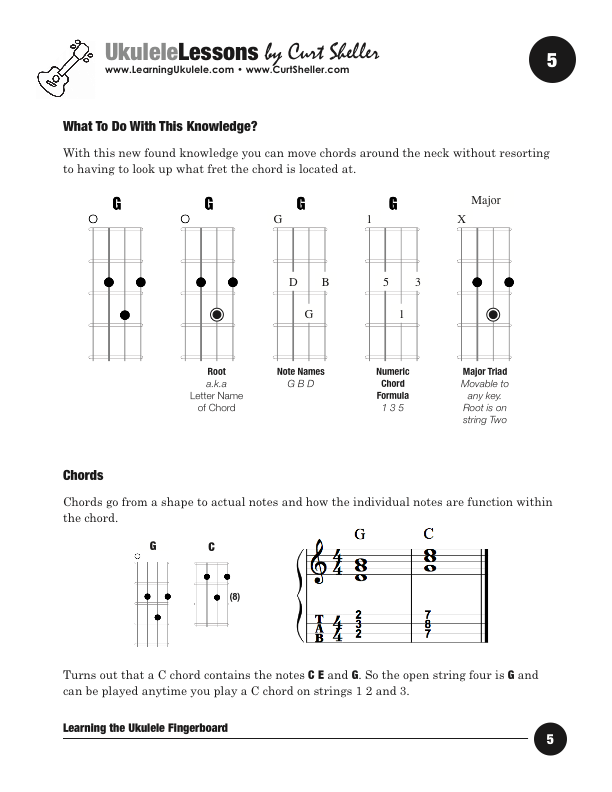
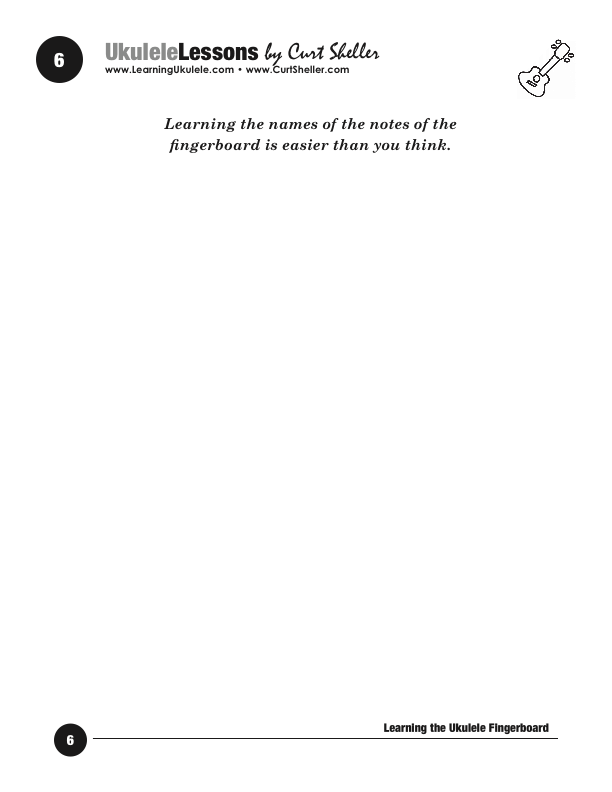






Most players struggle with learning the names of the notes of the ukulele fingerboard. There doesn't seem to a pattern and notes repeat. There is an easy way and it's easier that you think!
The names of the notes in music are only going to be one of the seven letters of the music alphabet: A B C D E F or G. That's it - only seven letter to name the notes.
Most players know the names of the open strings for their favorite tuning.
In C Tuning the open strings, from ceiling to floor - your nose to toes are named G C E A, no sharps or flats.
If you know the open strings (G C E A) you know fret (1) by sharping the open strings: G♯ C♯ E♯ A♯. You also know fret (12), which are the same G C E A. By flatting each note you get fret (11) G♭ C♭ E♭ A♭.
Sharp, Raises a note one semitone or one step. This one fret higher on the same string.
Flat, Lowers a note one semitone or one step. This one fret lower on the same string.
Natural, Cancels a previous double flat, flat, sharp or double sharp. Returns a note to it's natural note or letter (A B C E F or G).
Double Flat, Lowers a note two semitones or one whole step. This is two frets lower on the same string.
Double Sharp Raises a note two semitones or one whole This is two frets higher on the same string.
Most players struggle with learning the names of the notes of the ukulele fingerboard. There doesn't seem to a pattern and notes repeat. There is an easy way and it's easier that you think!
The names of the notes in music are only going to be one of the seven letters of the music alphabet: A B C D E F or G. That's it - only seven letter to name the notes.
Most players know the names of the open strings for their favorite tuning.
In C Tuning the open strings, from ceiling to floor - your nose to toes are named G C E A, no sharps or flats.
If you know the open strings (G C E A) you know fret (1) by sharping the open strings: G♯ C♯ E♯ A♯. You also know fret (12), which are the same G C E A. By flatting each note you get fret (11) G♭ C♭ E♭ A♭.
Sharp, Raises a note one semitone or one step. This one fret higher on the same string.
Flat, Lowers a note one semitone or one step. This one fret lower on the same string.
Natural, Cancels a previous double flat, flat, sharp or double sharp. Returns a note to it's natural note or letter (A B C E F or G).
Double Flat, Lowers a note two semitones or one whole step. This is two frets lower on the same string.
Double Sharp Raises a note two semitones or one whole This is two frets higher on the same string.
Related Lessons, Videos, Lesson Series, Songs, Books & Reference Charts, Resources & Assets, Workshops are below.
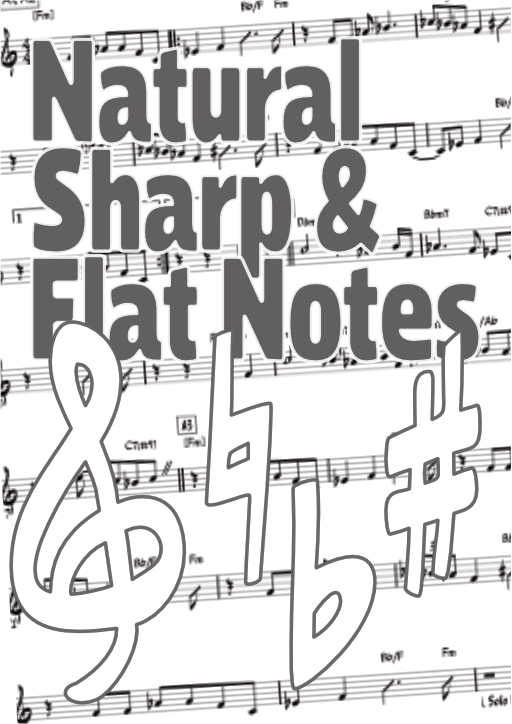
The D Tuning comes in two versions where string four is either tuned to the "A", a major second below string one or low "A" where string fours is a perfect fifth below string three. The D tuning with a low A is the same as the thin four strings of a standard tuned guitar with a capo at fret (7).
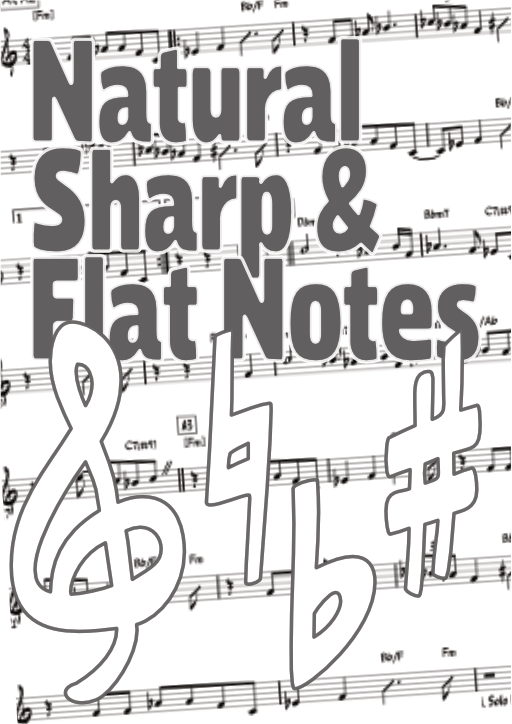
The G Tuning comes in two versions where string four is either tuned to the "D", a major second below string one or low "D" where string four is a perfect fifth below string three. The G tuning with a low D is the same as the thin four strings of a standard tuned guitar.
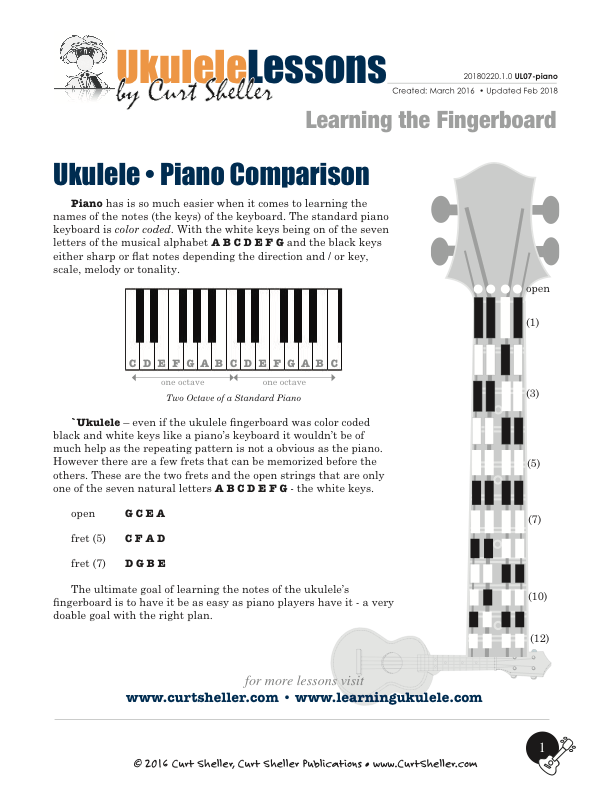
Piano has is so much easier when it comes to learning the names of the notes (the keys) of the keyboard. The standard piano keyboard is color coded. With the white keys being one of the seven letters of the musical alphabet "A B C D E F G" and the black keys either sharp or flat notes depending the direction and / or key, scale, melody or tonality.

Finally, learn the names of the notes of the fingerboard. Learning the notes of your instrument allows you the flexibility of not having to remember so many shapes. There are simply way too many chords, scale and notes patterns, and shapes to remember. It all comes down the notes.
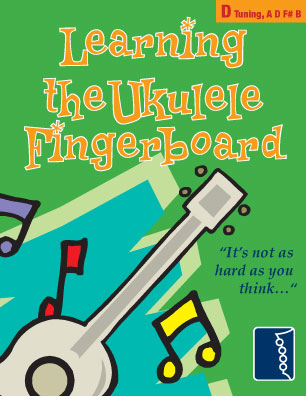
If your goal is to finally learn the names of the notes on the ukulele fingerboard. Then Learning the Ukulele Fingerboard - D Tuning is your answer. Learning the Ukulele Fingerboard - D Tuning, has a step by step approach to finally mastering the ukulele fingerboard.
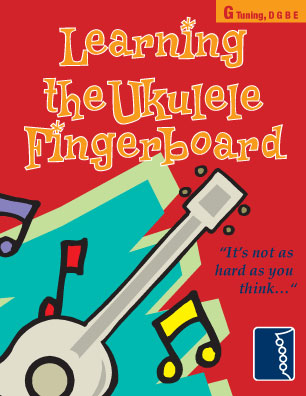
If your goal is to finally learn the names of the notes on the ukulele fingerboard. Then Learning the Ukulele Fingerboard - G Tuning is your answer. Learning the Ukulele Fingerboard - G Tuning, has a step by step approach to finally mastering the ukulele fingerboard.

Finally, learn the names of the notes of the ukulele fingerboard in C tuning .

Learn the six fingering principles to navigating the ukulele fingerboard. Fingering is one of the most universal topics. Book: Six Secrets of the Ukulele Fingering

Harmonic Analysis is the understanding of the functional sequence of chords. It is the process used to analyze the harmonic structure of a progression, song or composition. Book: Harmonic Analysis for Scale Selection and Chord Substitution

Learn to read single note melodies in the first/open position is a lot easier than you might think. Book: Ukulele – Reading Music Series – Primer

An organized collection of daily practice and reference material for the contemporary ukulele player for developing the vocabulary and knowledge necessary for single note playing. Book: Daily Practice Material for the Contemporary Ukulele
Checkout the Books & Reference Charts for additional Handy, Dandy Reference Charts.

Ukulele Fingerboard Chart for C Tuning, Low or High G – G C E A

Ukulele Fingerboard Chart for G Tuning, Low or High A – D G B E

A handy reference chart of all 15 major and relative minor key signatures. US Letter 8.5 x 11 sized (ANSI-A), A4
Checkout the Books & Reference Charts for additional Handy, Dandy Reference Charts.



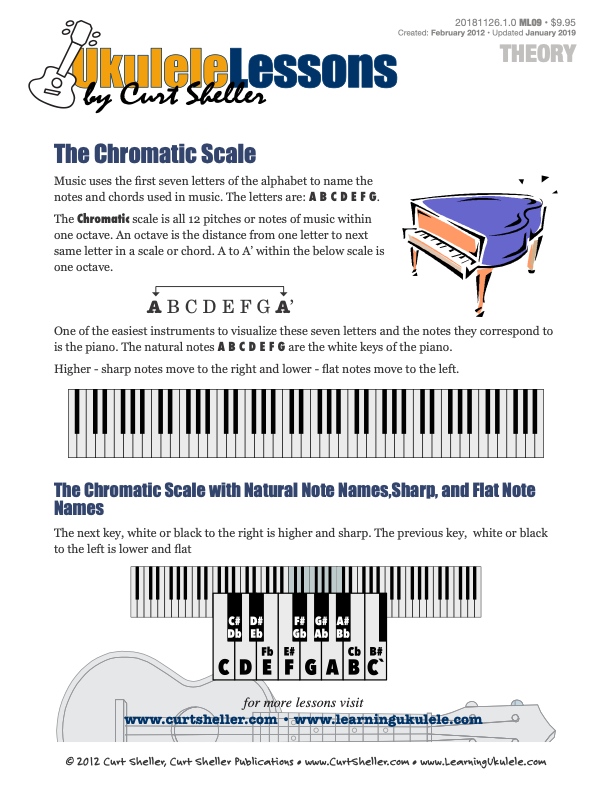
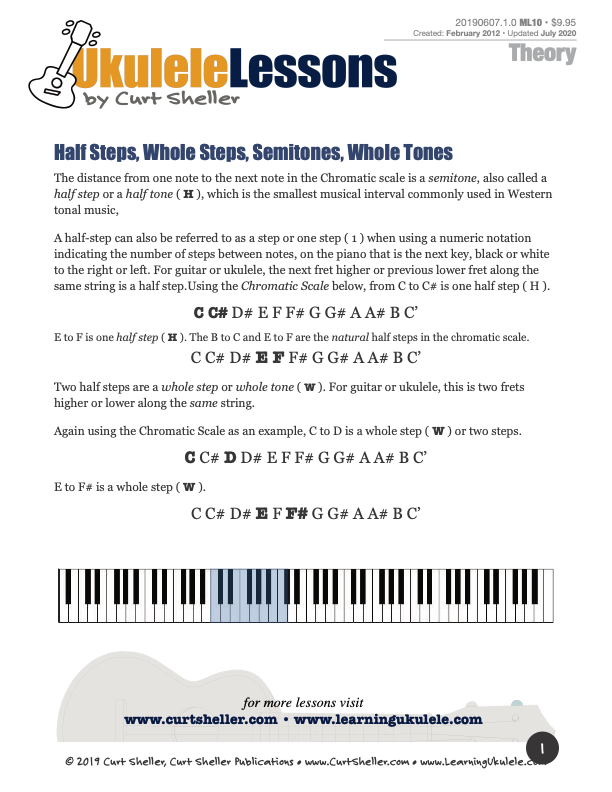
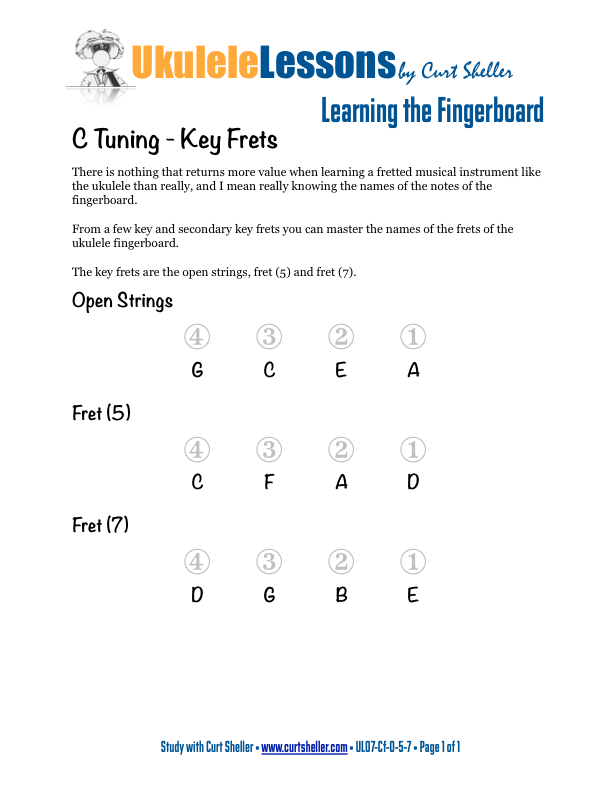
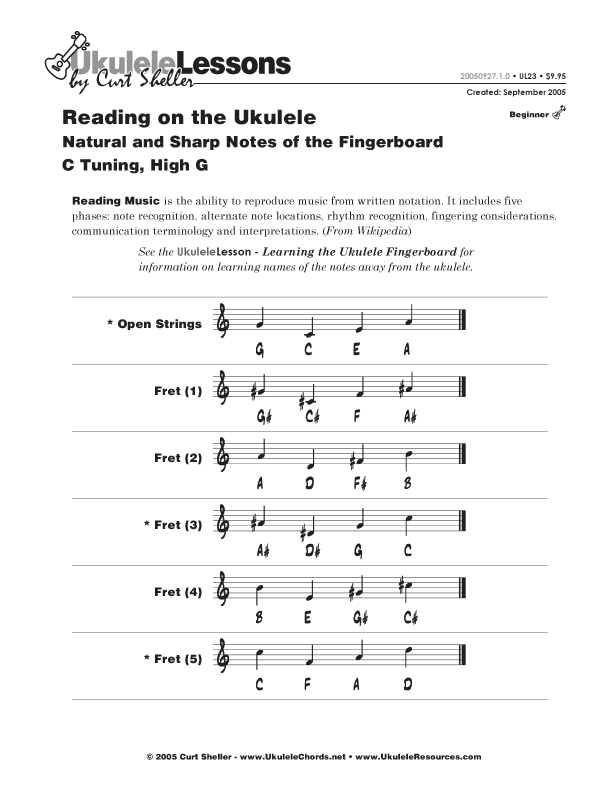
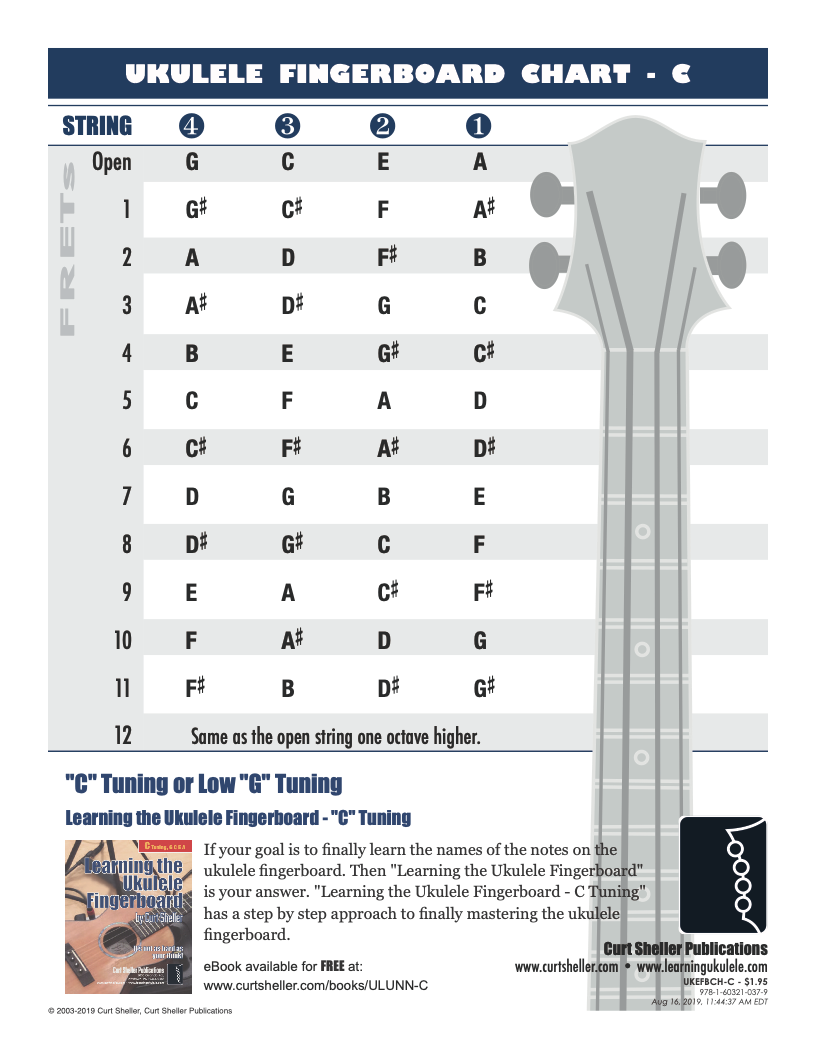
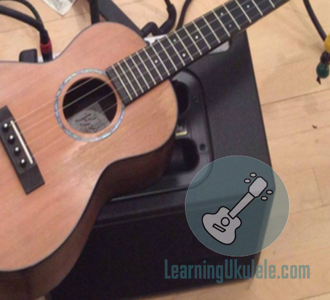
.jpg)